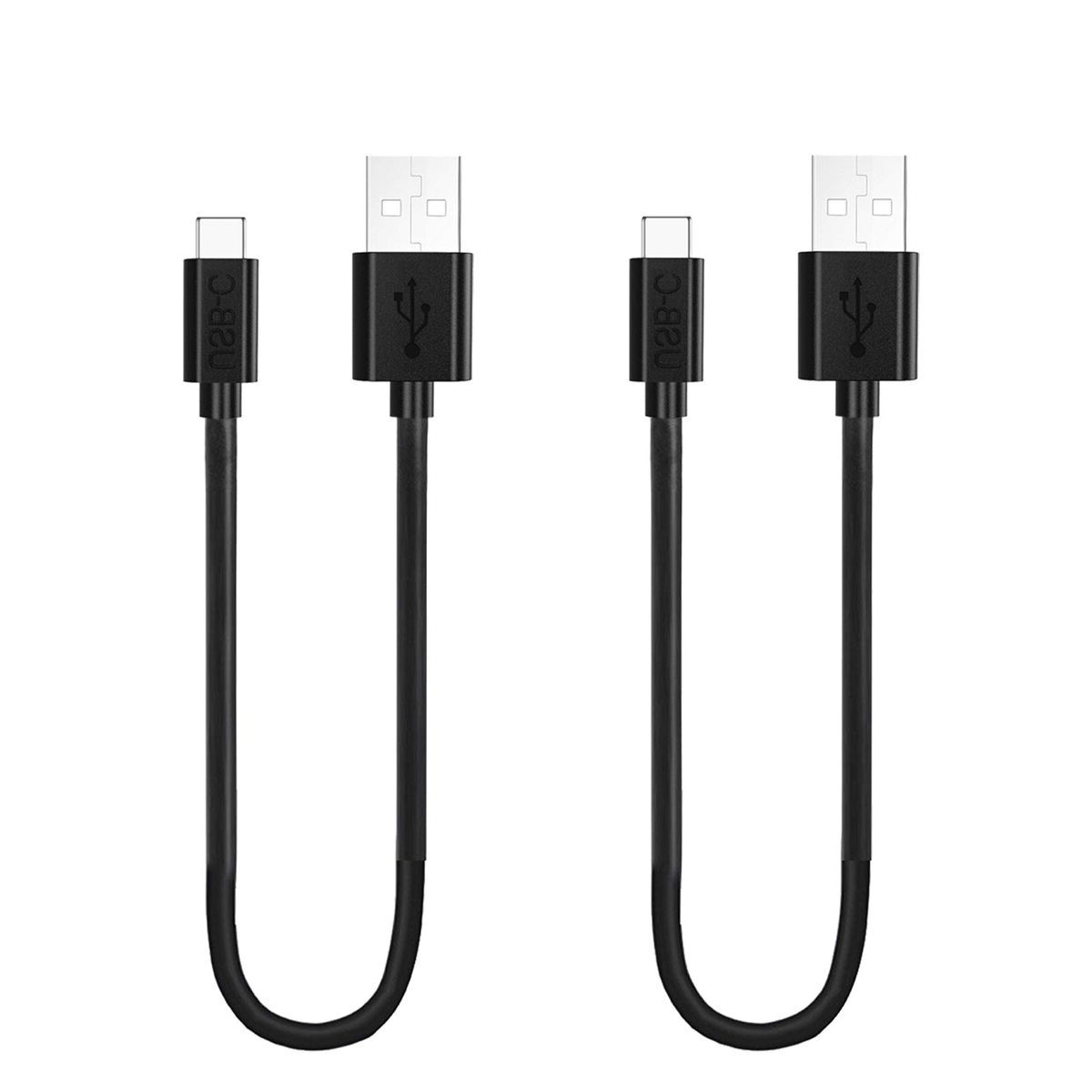
Preparing for Data Transfer
Before starting the data transfer process, ensure you have the necessary equipment:
- USB Cable: Ensure the cable matches the connectors on your Android devices. Most modern phones use USB-C, while older models might use micro-USB or USB-A. Use a cable that supports both data transfer and charging.
- USB-C to USB-C Cable: Ideal if both devices have USB-C ports. These cables support high-speed data transfer and fast charging.
- USB-C to USB-A Adapter: Needed if one device has a USB-C port and the other has a USB-A port.
- Power Source: Ensure both devices have sufficient battery life to avoid interruptions during the transfer process.
Steps to Transfer Data Using a USB Cable
Step 1: Connect the Devices
- Connect the Devices: Plug one end of the USB cable into the first Android device and the other end into the second device. If using an adapter, connect it accordingly.
- Notification Pop-Up: A notification should appear on both devices indicating a USB connection.
- USB Settings: Tap on the notification to access USB settings. This will open a menu to select how to use the USB connection.
Step 2: Select File Transfer Mode
- Change USB Mode: On the device acting as the file host, select "File Transfer" from the USB settings menu.
- Allow File Access: You might be prompted to allow file access on the file-hosting device. Grant this permission to proceed.
- Device Recognition: On the receiving device, the connected device should appear as a storage device or USB drive.
Step 3: Transfer Files
- File Explorer: Open the file explorer or file manager on both devices. On the receiving device, navigate to the connected device's storage.
- Select Files/Folders: Choose the files or folders to transfer from the file-hosting device.
- Copy/Move Files: Right-click (or long-press) on the selected files/folders and choose "Copy" or "Move." Navigate to the desired location on the receiving device and paste the files.
- Verify Transfer: Check the destination folder on the receiving device to ensure the files have been successfully copied.
Additional Tips
- PTP vs MTP: Some users might encounter issues if their devices are set to Picture Transfer Protocol (PTP) instead of Media Transfer Protocol (MTP). Change this in the USB settings if necessary.
- USB Hub: Ensure the USB hub supports data transfer and is properly connected to both devices.
Troubleshooting Common Issues
No File Found
If the connected device's storage is not visible on the receiving device, try the following:
- Restart Devices: Restart both devices to resolve connectivity issues.
- Check USB Settings: Ensure both devices are set to file transfer mode and file access is allowed on the file-hosting device.
- Use Different Cables: Try using a different USB cable to rule out issues with the current cable.
- Check for Updates: Ensure both devices have the latest software updates for improved USB connectivity features.
Files Not Transferring
If files are not transferring as expected, consider the following:
- File Type Compatibility: Some file types might not be compatible with all devices. Check for any specific restrictions on transferring certain types of files.
- Storage Space: Ensure there is sufficient storage space on both devices for the transferred files.
- Connection Stability: Make sure the connection is stable and not interrupted during the transfer process.
Using Third-Party Tools
While using a USB cable is straightforward, third-party tools can simplify the process:
- Google Drive/Google Photos: Upload files to Google Drive or Google Photos and then download them on the receiving device. This method is useful for transferring large amounts of data.
- Sharedrop: This tool allows wireless file transfer between devices without cables. It works similarly to AirDrop but uses Wi-Fi for connectivity.
Compatibility Issues
Not all Android devices support direct USB file transfer. Some manufacturers, like Samsung, LG, and OPPO, have their own backup and restore solutions that might not be compatible with the standard USB file transfer method.
Samsung Devices
For Samsung devices, you might need to use Samsung Smart Switch for transferring data. However, if you prefer using a USB cable, follow the steps outlined above. Some users have reported success by changing the USB mode from MTP to PTP and then back to MTP again.
Other Devices
For other devices like Nokia, which runs a vanilla version of Android, the standard USB file transfer method should work. However, it's always a good idea to check the manufacturer's documentation for specific instructions tailored to your device model.
Transferring data between Android phones using a USB cable is a reliable and efficient method. By following the steps outlined and troubleshooting common issues, you can ensure a smooth transfer of your files. While third-party tools like Google Drive and Sharedrop offer alternative solutions, using a USB cable remains one of the most straightforward methods available. Whether upgrading to a new device or simply needing to transfer files between two devices, this method is a must-know for any Android user.
